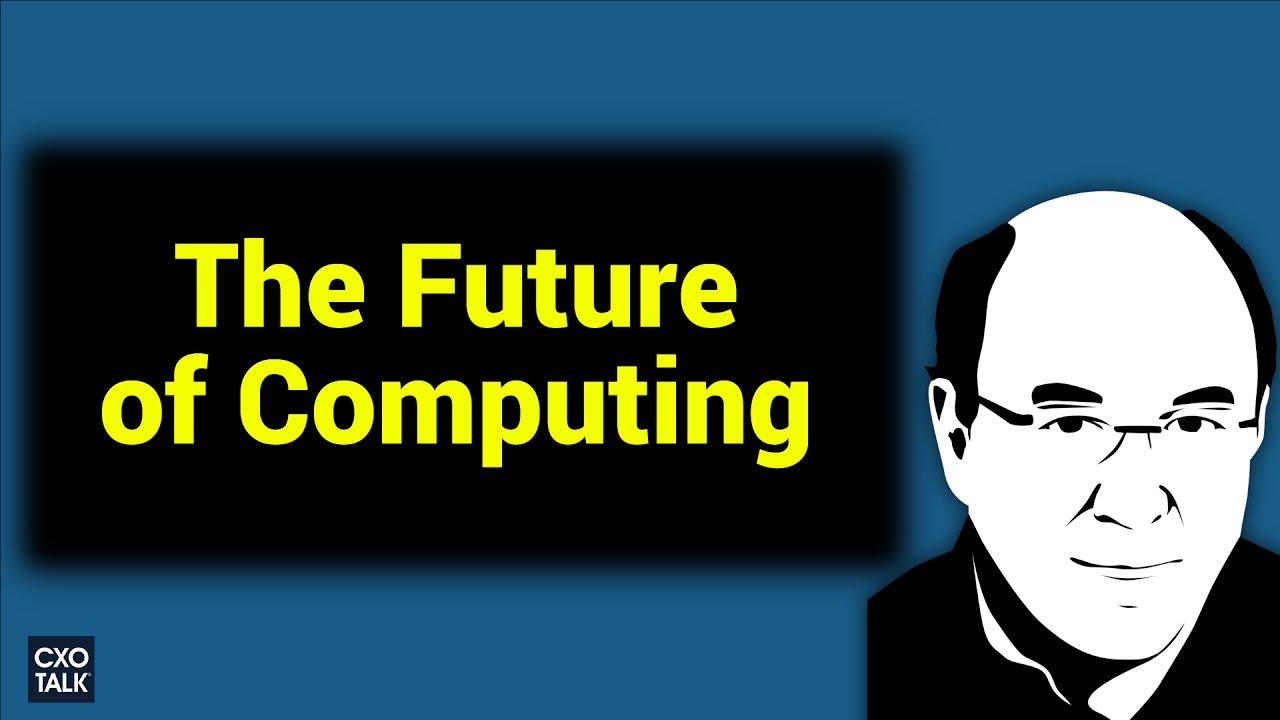TDF
The long-standing estrangement between the United States and the Islamic Republic of Iran has been raging since the 1979 Iranian revolution when Islamic nationalists and extremely conservative Shia Muslim clerics deposed the American supported Mohammad Reza Pahlavi or the Last Shah of Iran. His replacement was Ayatollah Khomeini, a cleric who declared himself the supreme ruler of Iran. For almost 20 years, he was a critic of the Shah’s regime, inciting revolt even while in exile.
The two countries share a tumultuous relationship, with both expressing a great dislike for each other. Iranian leaders regularly chant “Death to America”, while clarifying that it’s the leaders they hate not the American people. In contrast, American leaders consider Iran to be one of the leading countries in the “Axis of Evil.”
But beyond this diplomatic “name-calling,” the main reason for their continued rift is that they do not see eye to eye on certain issues. The American government is extremely concerned by Iran’s hardline foreign policies. They disapprove of Iran’s overt and defiant support for terrorist groups, specifically Hezbollah, Hamas and Shiite militias around the region, as well as their lack of enthusiasm and hostile disapproval for the Middle East peace process. Iran does not consider Israel a country and throw their full support to the Palestinians, who are also Shiite Muslims. But the main sticking point for the USA is Iran’s continued development of their nuclear program, which they suspect is Iran’s attempt to make weapons of mass destruction.
On the other hand, Iran refuses to have any official dialogue with the United States until their concerns are answered. They would like the Americans to remove all their military presence in the Persian Gulf. Iran will not agree to defund terror groups or dismantle their nuclear program – which Iranian officials claim is for medical and electricity generation purposes until the UN lifts current economic sanctions on Iran.
Since 1979, to force a change in Iranian policies, there have been numerous economic sanctions placed on Iran by the UN and many other countries, led by the United States. These sanctions cover a wide range of products and services, even investments in Iran’s petroleum industry, banking, logistics and more. The Iranian economy, its people and their way of life have been severely affected.
Over the last 40 years, dialogue between Iran and the West regarding their nuclear program was not successful. However, during the Obama administration, Iran agreed to limit its nuclear program for another decade, and in exchange, the UN lifted sanctions in 2016. It was then reinstated by President Trump two years later.
At the heart of the rift between these two nations two distinct viewpoints emerge: One, the USA is a modern exploitative imperialist country preying on Iran – a traditional, Eastern country – with its eye on Iran’s massive oil reserves. And two, Iran is a brutal and oppressive religious dictatorship posing as a victim of Western bullying and abuse.
We can only answer this debate by going back and analyzing their entire complicated relationship in the context of: historical events, economic sanctions and factors, religious belief, zeal and fanaticism, changes in the leadership of both countries, liberalism and conservatism, geopolitical diplomacy and manipulation as well as the looming threat of nuclear bombs.



